E-Prescribing Software
E-prescribing software simplifies the process of writing and managing prescriptions by allowing healthcare providers to send prescriptions directly to pharmacies electronically. This software eliminates the need for paper prescriptions, which can be prone to issues like misinterpretation or loss, and reduces the risks associated with manual entry errors. By enabling seamless data sharing between doctors, pharmacies, and insurance providers, e-prescribing software supports safer and more efficient medication management.
One of the key advantages of e-prescribing is its ability to check for potential drug interactions and allergies in real time, enhancing patient safety. The software can also improve prescription accuracy and adherence by offering options for medication history access, dosage guidelines, and refill tracking, making it easier for patients to get the correct medications at the right times.
For example, Surescripts—a major e-prescribing network, reported that e-prescribing significantly reduces prescription errors and helps avoid potential adverse drug eventsology is increasingly adopted: in 2021, 98% of all U.S. pharmacies could accept e-prescriptions, demonstrating its effectiveness and broad acceptance among other types of healthcare software.
Clinical Decision Support Systems (CDSS)
Clinical decision support systems are specialized healthcare tools designed to assist healthcare providers in making more accurate and efficient clinical decisions. Using patient data, CDSS systems analyze information and provide evidence-based recommendations, alerts, and insights at critical points in the treatment process. This support can be vital in areas such as accurate diagnosis, medication management, and treatment planning, as the systems provide real-time assistance that aids providers in improving patient outcomes and reducing medical errors.
CDSS solutions often feature a range of functionalities, such as alerting clinicians to potential drug interactions, recommending preventive measures, and suggesting diagnostic options based on patient data and historical information.
For instance, they may alert a physician if a prescribed medication has potential adverse reactions with other medications a patient is taking. In recent years, advanced CDSS tools have started to incorporate artificial intelligence and machine learning, which can analyze vast data sets to provide highly specific, personalized insights.
Health Information Exchange (HIE) Software
The primary purpose of HIE software is to enable doctors, nurses, pharmacists, and other healthcare professionals to access and exchange patient data seamlessly, regardless of location.
Security protocols, like encryption and access controls, are essential components of HIE software to ensure compliance with regulations like HIPAA, protecting sensitive patient data during exchange.
An example of HIE software in action is Epic’s Care Everywhere, which allows healthcare organizations using the Epic system to securely access records from other systems.



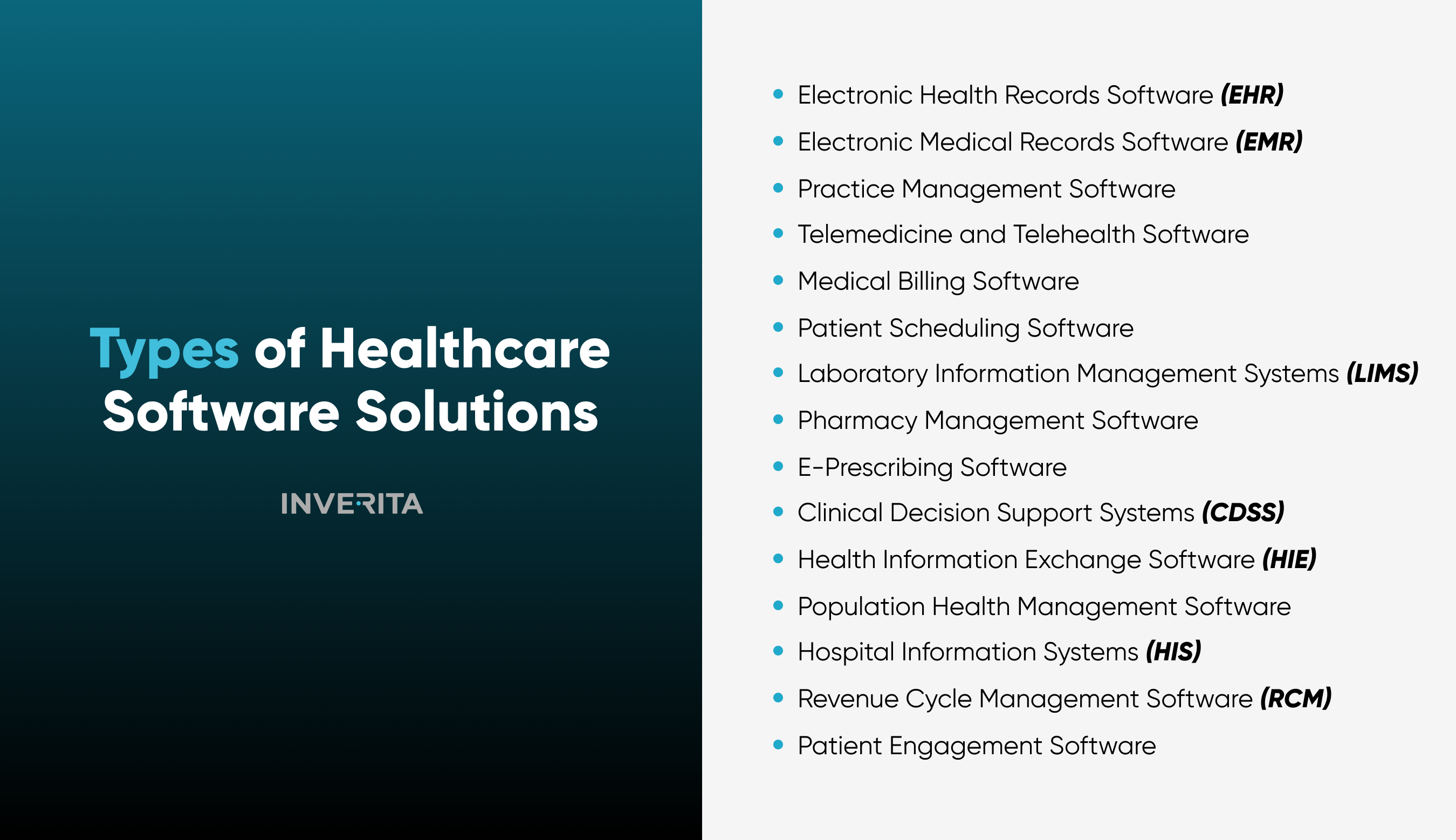
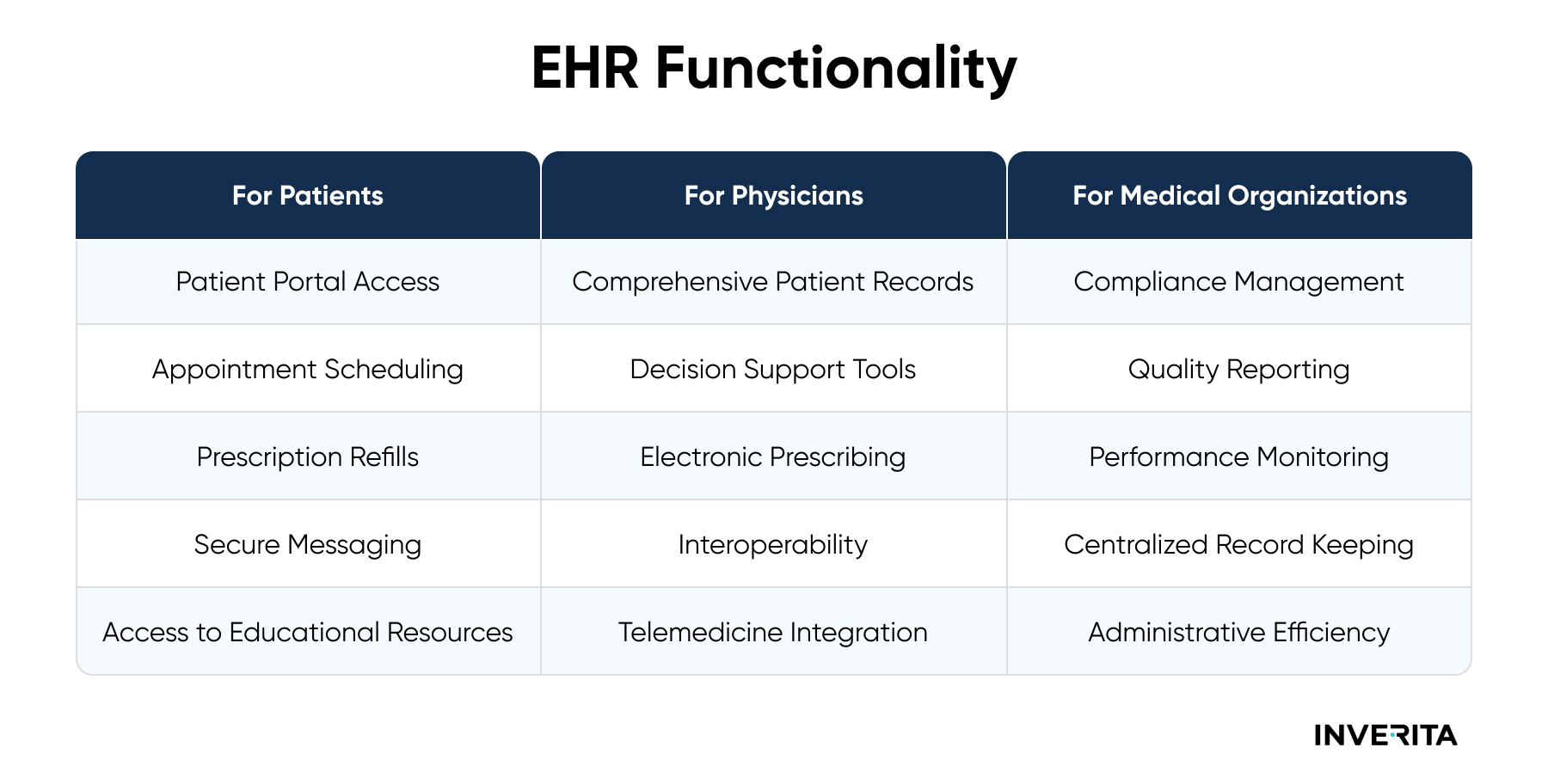

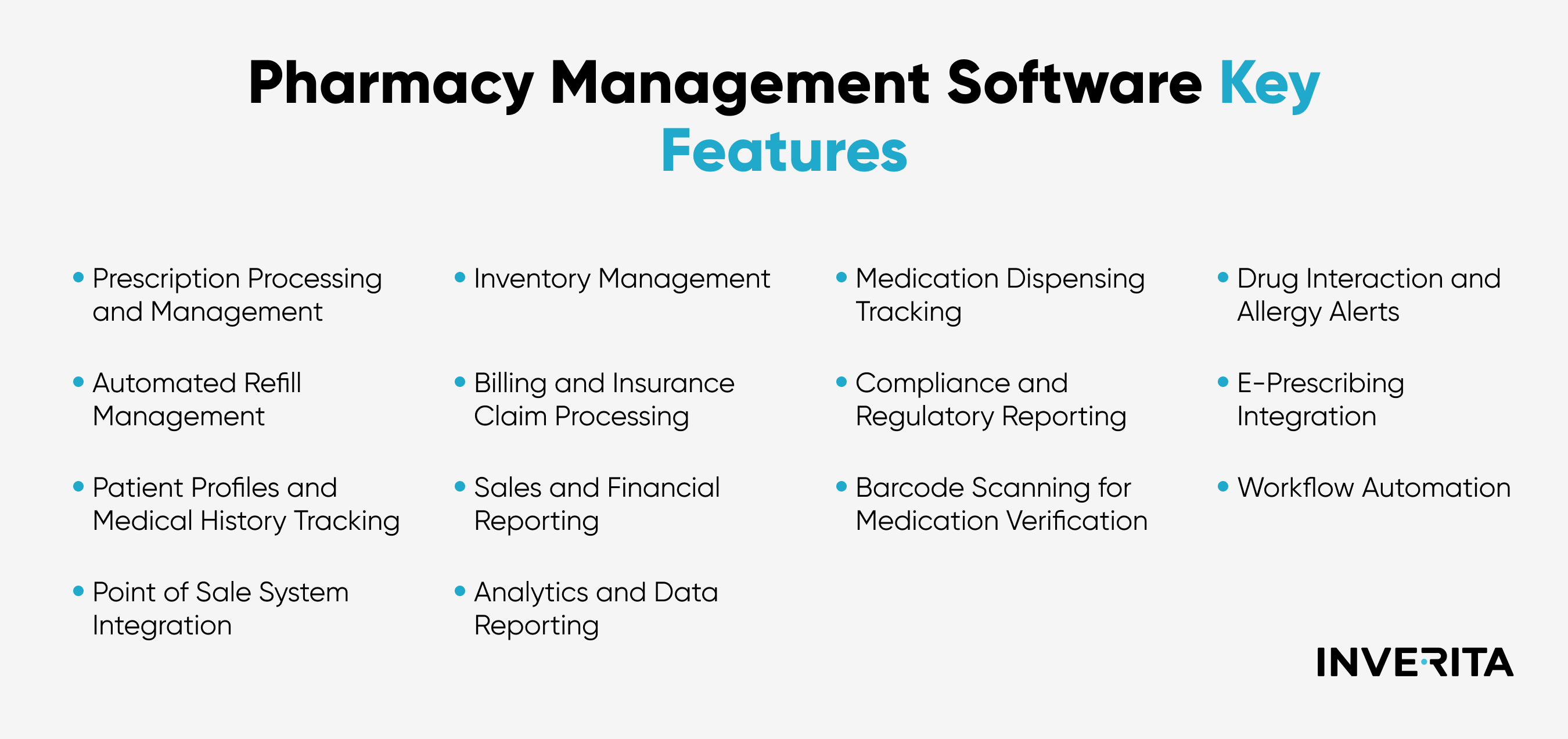
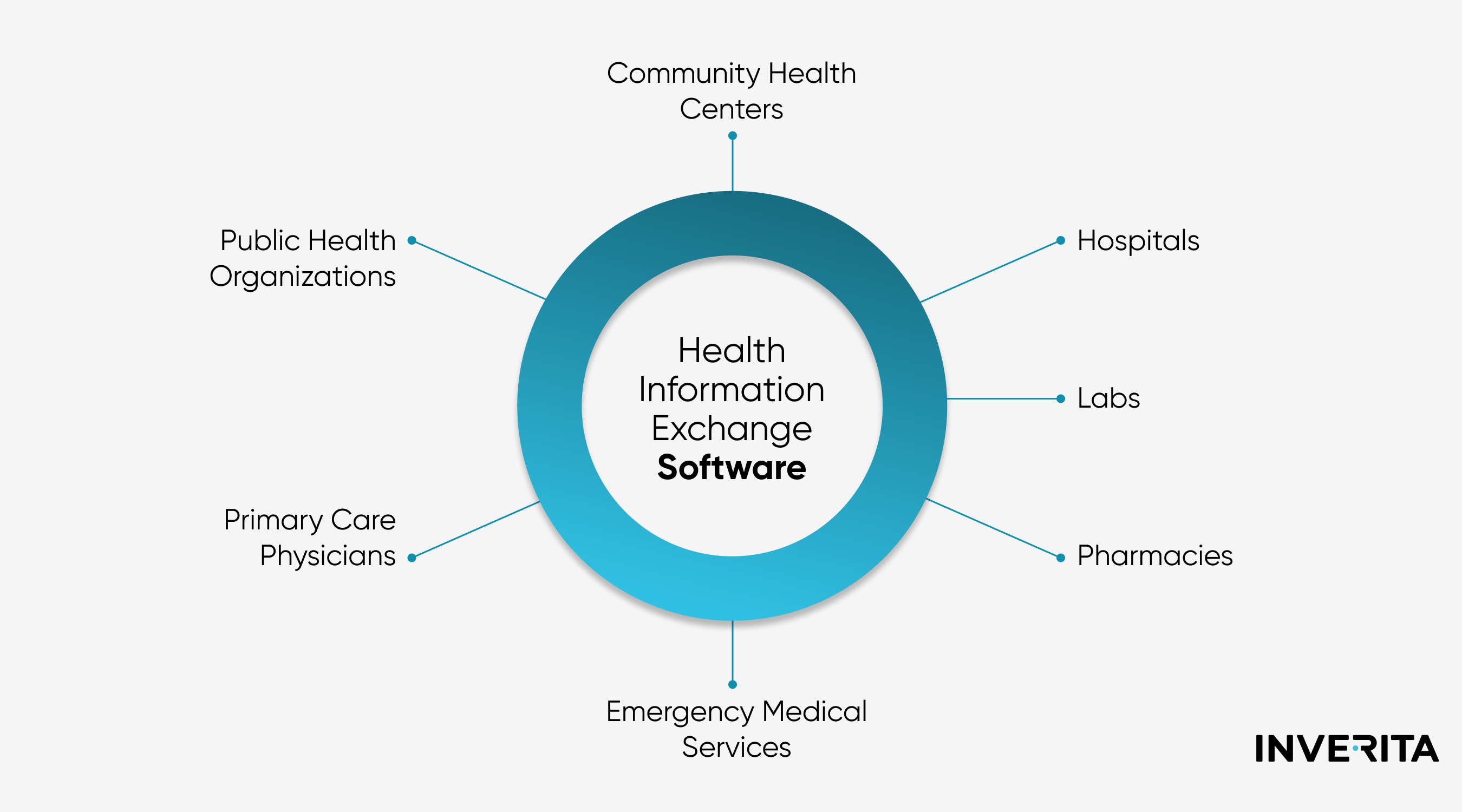
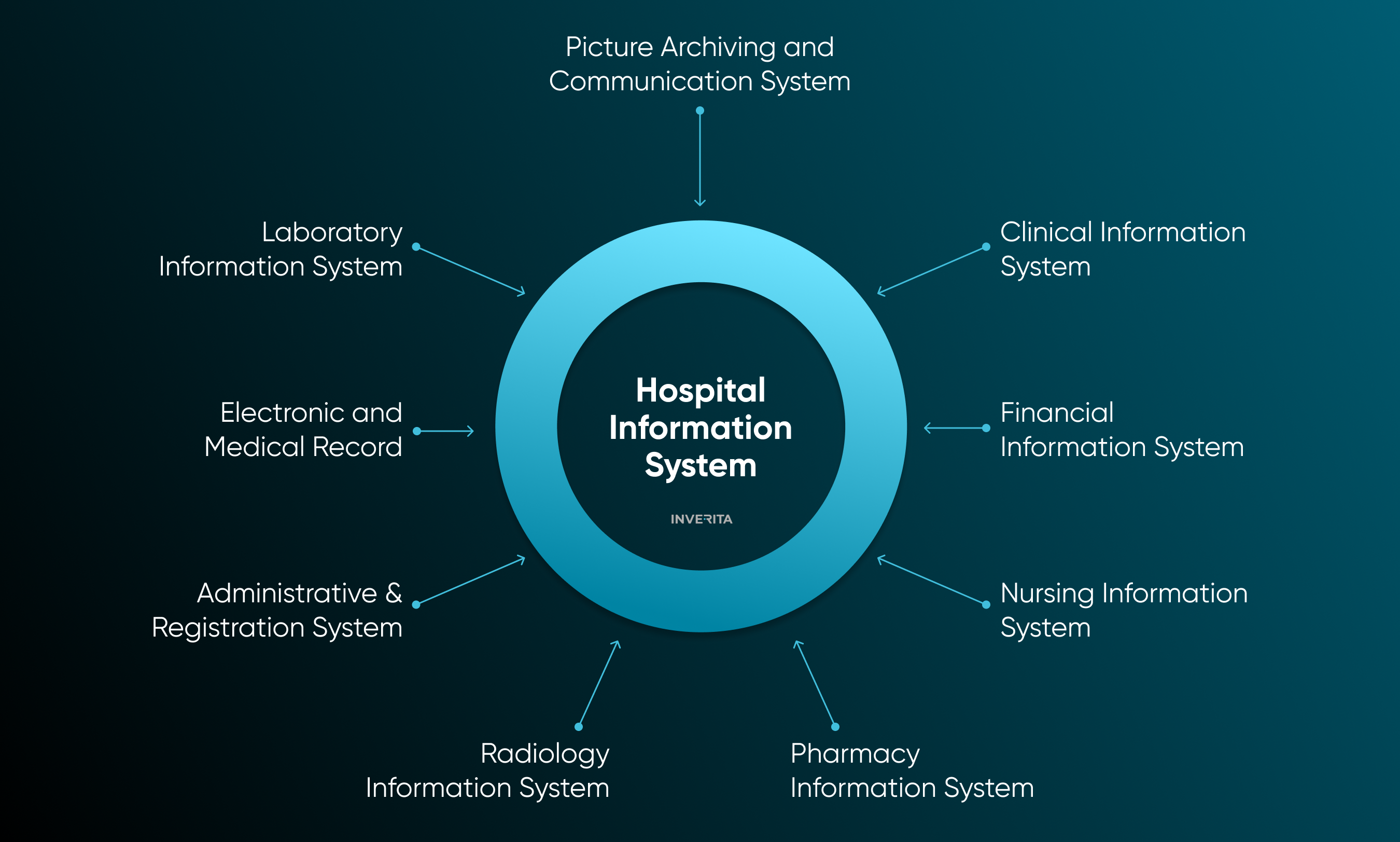
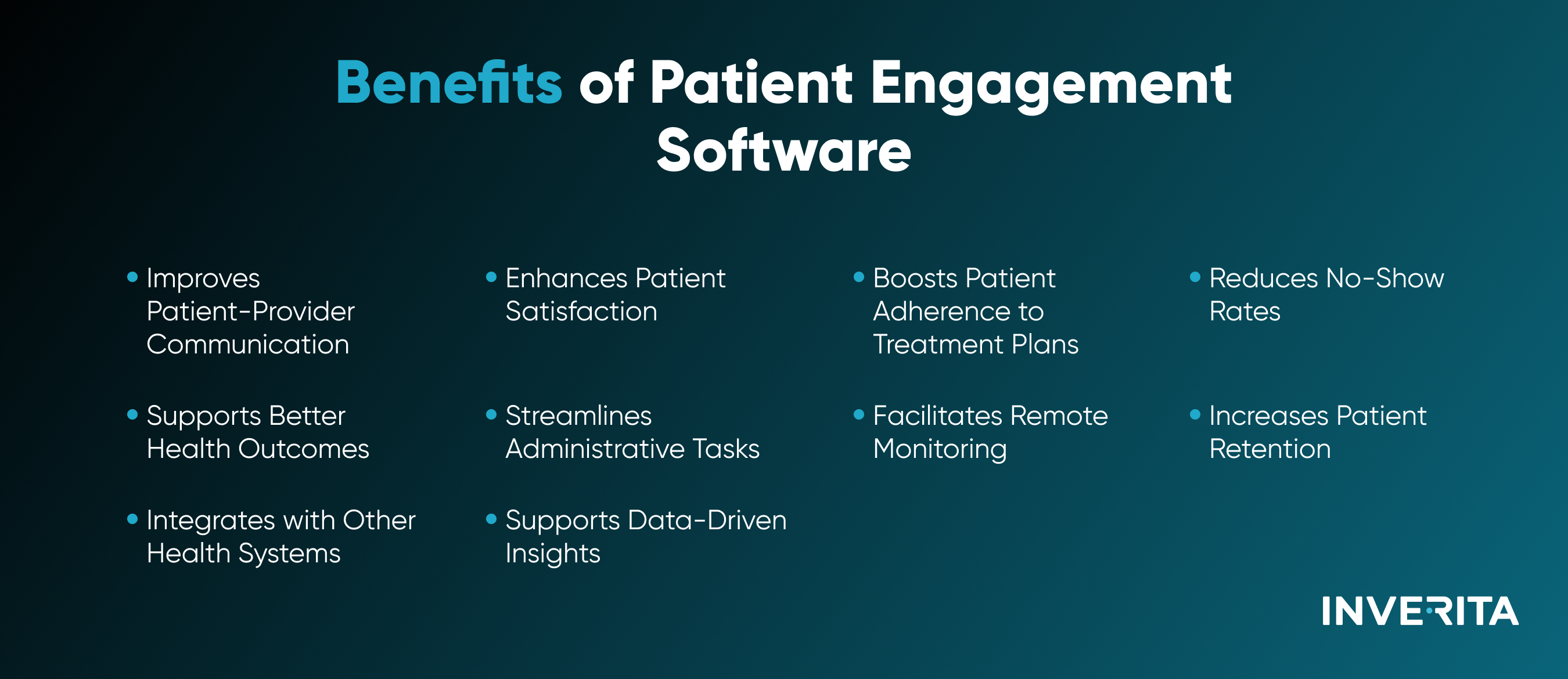
_1764586939-small.webp)

